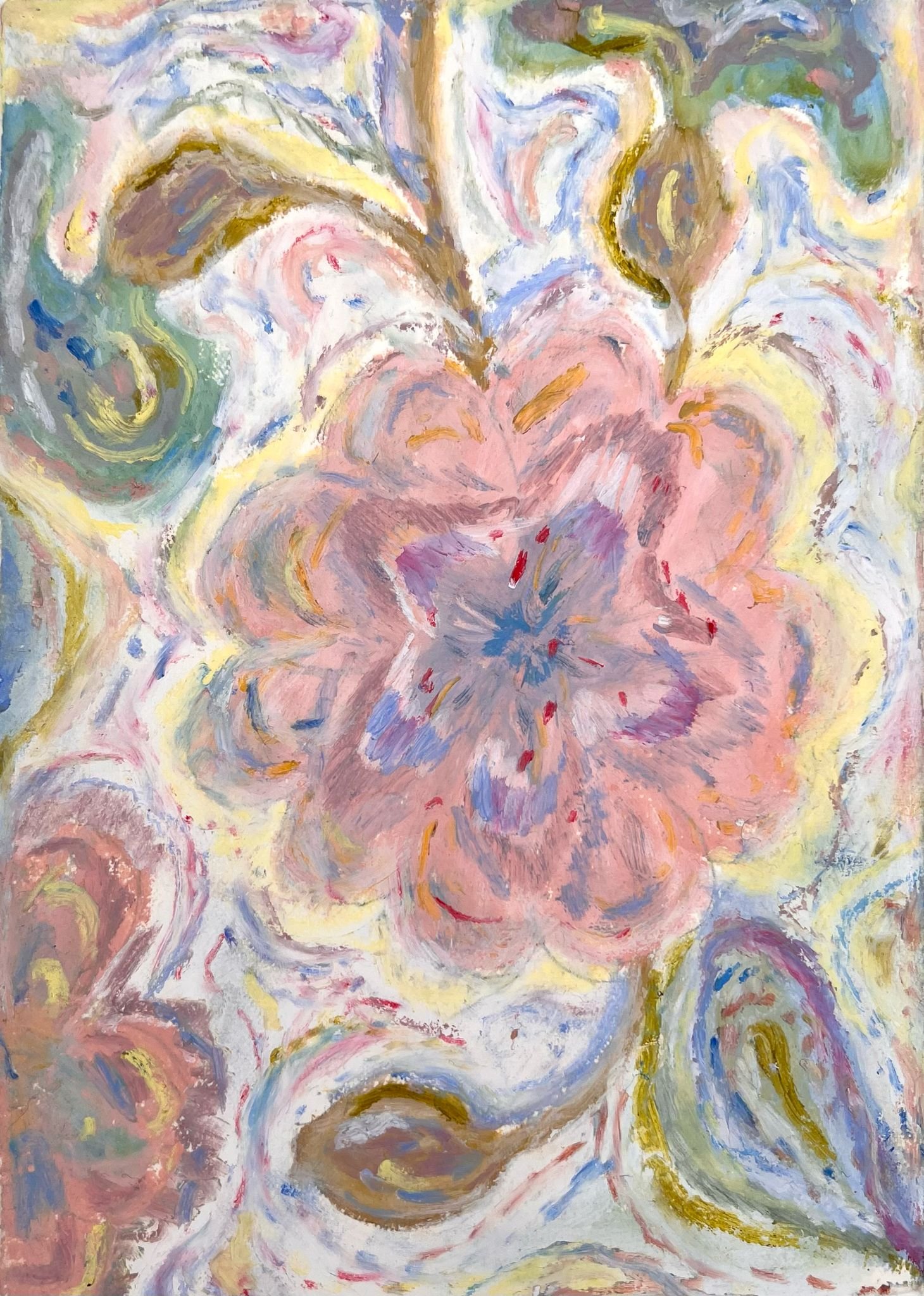Oil pastel drawing with Lauren Bryden, 25th March 2025
All levels are welcome.
Once downloaded to your device this recording is yours to keep and will not expire.
PLEASE SCROLL ALONG FOR THE STILL LIFE PHOTOGRAPHS YOU WILL NEED FOR THE CLASS
This a recorded class on Zoom so the quality of the video can vary
You will need…
Oil Pastels
There are lots of different Oil pastels available, my favourite to use are Sennelier oil pastels. They are very soft to work with, but are on the pricier side. You can buy individual colours or smaller sets of 6, we won't necessarily be working with colours from life so your palette is your choice but we will definitely be using a lot of white!
Other Oil pastel brands:
- Cray-Pas Expressionist Oil pastels
- Faber-Castell Oil pastels
- Mungyo Oil pastels
Paper
My favourite paper to use with oil pastels is not necessarily 'oil pastel' paper, which is textured, but smooth or 'hot pressed' paper. Watercolour papers come in textured ('cold pressed') or smooth (hot pressed) options, but even a heavy weight cartridge paper will be absolutely fine, aim for 300 gsm. You don't have to buy a full pad of paper, individual sheets are fine as we will be cutting paper down to size.
Pencil
A pencil just in case you would like to sketch a layout first
Metal Ruler
A metal ruler if you have one is a handy way to tear down paper to the right size, as we'll be working on smaller pieces. But using hands is also fine
Solvent and small paint brush
This is also not a necessity, but we will be looking briefly during the class at how solvent can thin oil pastel application and create a different effect. I use Jackson's low odour solvent, I don't recommend using something like household white spirits long term but if that's all you have for the class, just make sure you ventilate well where you're working.
All levels are welcome.
Once downloaded to your device this recording is yours to keep and will not expire.
PLEASE SCROLL ALONG FOR THE STILL LIFE PHOTOGRAPHS YOU WILL NEED FOR THE CLASS
This a recorded class on Zoom so the quality of the video can vary
You will need…
Oil Pastels
There are lots of different Oil pastels available, my favourite to use are Sennelier oil pastels. They are very soft to work with, but are on the pricier side. You can buy individual colours or smaller sets of 6, we won't necessarily be working with colours from life so your palette is your choice but we will definitely be using a lot of white!
Other Oil pastel brands:
- Cray-Pas Expressionist Oil pastels
- Faber-Castell Oil pastels
- Mungyo Oil pastels
Paper
My favourite paper to use with oil pastels is not necessarily 'oil pastel' paper, which is textured, but smooth or 'hot pressed' paper. Watercolour papers come in textured ('cold pressed') or smooth (hot pressed) options, but even a heavy weight cartridge paper will be absolutely fine, aim for 300 gsm. You don't have to buy a full pad of paper, individual sheets are fine as we will be cutting paper down to size.
Pencil
A pencil just in case you would like to sketch a layout first
Metal Ruler
A metal ruler if you have one is a handy way to tear down paper to the right size, as we'll be working on smaller pieces. But using hands is also fine
Solvent and small paint brush
This is also not a necessity, but we will be looking briefly during the class at how solvent can thin oil pastel application and create a different effect. I use Jackson's low odour solvent, I don't recommend using something like household white spirits long term but if that's all you have for the class, just make sure you ventilate well where you're working.
All levels are welcome.
Once downloaded to your device this recording is yours to keep and will not expire.
PLEASE SCROLL ALONG FOR THE STILL LIFE PHOTOGRAPHS YOU WILL NEED FOR THE CLASS
This a recorded class on Zoom so the quality of the video can vary
You will need…
Oil Pastels
There are lots of different Oil pastels available, my favourite to use are Sennelier oil pastels. They are very soft to work with, but are on the pricier side. You can buy individual colours or smaller sets of 6, we won't necessarily be working with colours from life so your palette is your choice but we will definitely be using a lot of white!
Other Oil pastel brands:
- Cray-Pas Expressionist Oil pastels
- Faber-Castell Oil pastels
- Mungyo Oil pastels
Paper
My favourite paper to use with oil pastels is not necessarily 'oil pastel' paper, which is textured, but smooth or 'hot pressed' paper. Watercolour papers come in textured ('cold pressed') or smooth (hot pressed) options, but even a heavy weight cartridge paper will be absolutely fine, aim for 300 gsm. You don't have to buy a full pad of paper, individual sheets are fine as we will be cutting paper down to size.
Pencil
A pencil just in case you would like to sketch a layout first
Metal Ruler
A metal ruler if you have one is a handy way to tear down paper to the right size, as we'll be working on smaller pieces. But using hands is also fine
Solvent and small paint brush
This is also not a necessity, but we will be looking briefly during the class at how solvent can thin oil pastel application and create a different effect. I use Jackson's low odour solvent, I don't recommend using something like household white spirits long term but if that's all you have for the class, just make sure you ventilate well where you're working.






